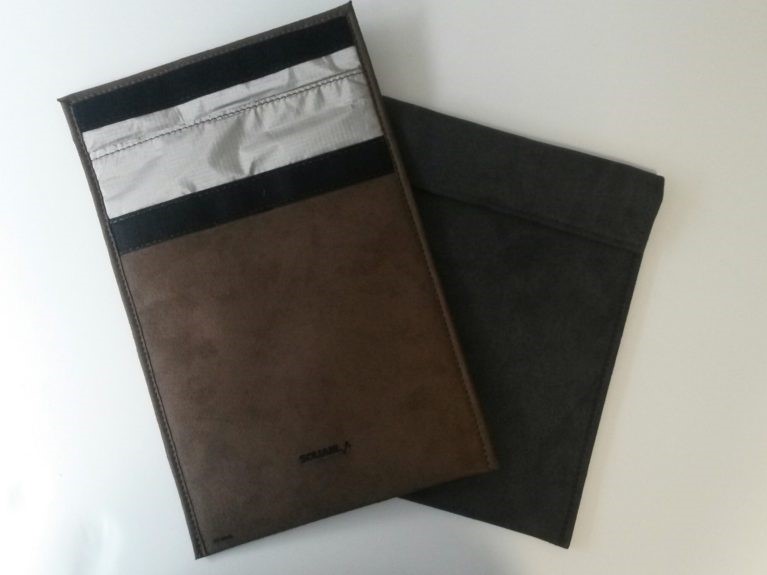
Radio Frequency Identification (RFID) is a technology that allows you to identify the credit card, passport or driver's license in front of a reader scanner, instead of having to detect the code of the magnetic stripe. It 'a simple concept: the scanner sends an electronic signal that is received by an antenna connected to the RF chip card. The microprocessor is activated and the reader recognize the card.
This technology is also used in the systems of access control and time and attendance through electronic badges with an integrated RFID microchip (also called transponders or tags).
The advantages of using RFID cards are convenience, speed, and the elimination of contact with the card, but there is also a negative side. The chips based on radio frequency can be, easily, reading, copying and even manipulated by unauthorized persons.
It should be noted, in fact, that the microchip present in electronic badges and other media, with very few exceptions, respond passively to external RFID readers, also in cases of unauthorized data collection. With the stolen data can be produced so-called clones that - provided that the electronic badge is not effectively protected - can be used inappropriately. For pocket devices with integrated antenna, the reading distance is approximately 120 mm. With a greater technical effort this distance can be further extended.
To protect the devices can be used with a fabrics treatment shielding of our development. apparently normal fabrics, made with a special coating on the individual fibers, which hinder the effect of electromagnetic emissions, preventing unauthorized persons can acquire data and then use them improperly. Bags of various sizes, achievable with different materials, depending on the degree of shielding required that cover a wide frequency spectrum.
Our company has made specific qualifications at the laboratory of the European Community Join Research Centre Institute for the Protection and Security of the Citizen according to EMC Shielding Sleeves ISO 7810ID-1 and ID-3 with the method defined in section 3 using credit cards and the range of international passports as operational test, passing the test.
